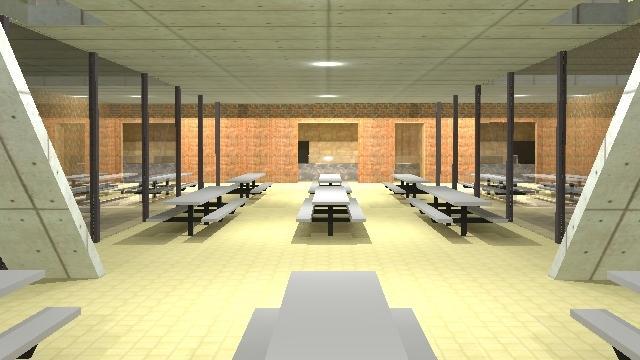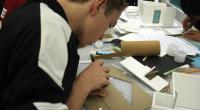
TOP 10 FINALIST: 2012 national competition project #048 | cafeteria redesign
Although the cafeteria at Northampton High School was redesigned in 1997, it still plays host to many problems in its layout. The serving stations that are placed in the corridor leading into the cafeteria, causes several traffic problems when hundreds of students attempt to enter it during the school's four lunch periods. For anybody who is buying their lunch, they are troubled by trying to distinguish the line for their meal, from the rush of people heading into the eating area. Once you have your food, you must then make the journey back through the mangled lines, into the crowd of a people and then into the cafeteria, desperately trying to hang onto your meal.
The new design of the cafe will include a more spacious serving area with distinct lines that will be roped off from the passageway leading to the tables. It will also involve extending the wall of the cafeteria out to the road that runs parallel to it so it can overlook the football field that sits at the bottom of the hill. This will also provide more space for students to comfortably spread out; since the school does not require students to use their lockers, many bring their backpacks with them to lunch, causing clutter issues.
The NHS Cafeteria also plays host to the school's wrestling team, working areas for their prop building classes as well as many dances throughout the year. Because of this, it is important that the furniture has a clear and easy way of dispersing for these events. To accommodate this, the designs will include rigs for each table that allow them to sink into the floor at the push of a button. This allows for a quick, clean and hassle-free way to empty the room.

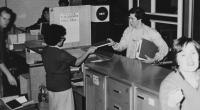


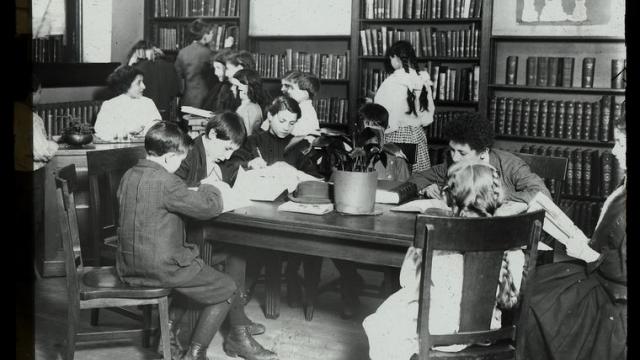
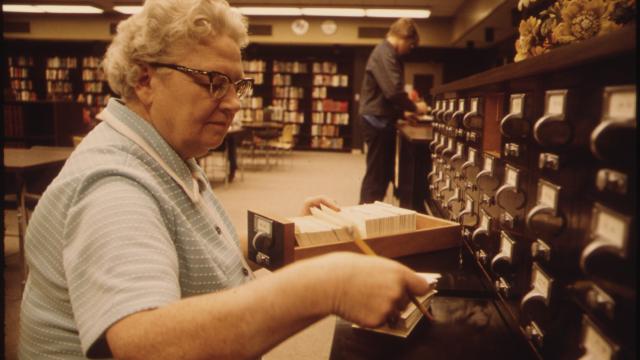
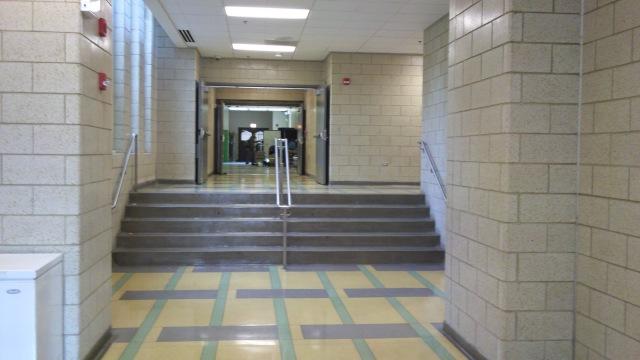









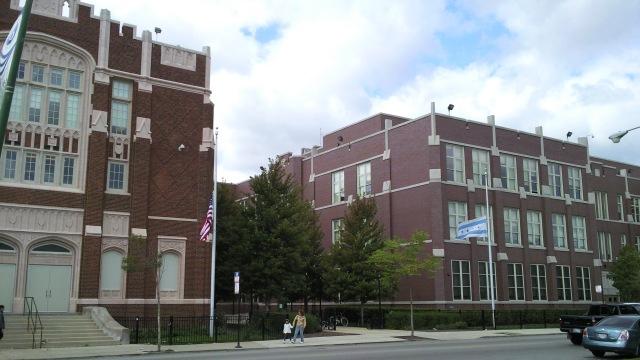

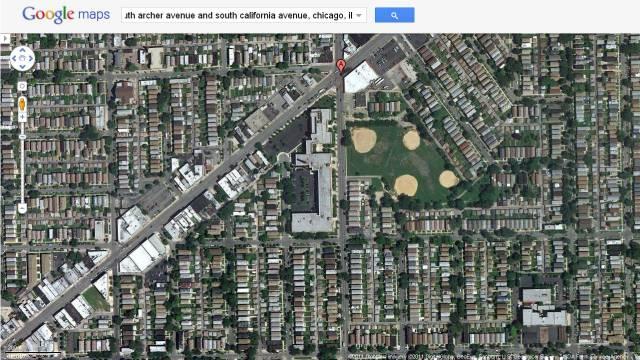















1B.html)
2B.html)




